Deciphering the media houses of the future
The new business of creating content and monetising it through subscription is where the world is going. With the kind of shifts that we have seen in the habits of consumers in the last decade, the changes that have happened in the media consumption of those consumers is only natural.
A lot of the media consumption in the last five years has been accelerated because of affordable smartphones and data. Adgully organised the first ever Digi Media Summit on March 29, 2019 in Delhi to highlight the key developments that are taking place in the digital ecosystem, as well as chart out the course for the future of this industry.
The event had an interesting panel on “Media Houses of the Future”, which included eminent speakers like Sanjeev Bhargava, Director – Brand, The Times of India; Basant Rathore, Senior VP – Strategy, Business Development and Brands Jagran Prakashan; Ramakrishnan Laxman, Head of Digital, ABP News Network; Saket Jha Saurabh, Head of Entertainment Partnerships, Facebook India; Prabhjyot Singh, GM, Epic Channel; and Varun Mohan, Head of Digital Revenue, Republic TV. The panel was moderated by Mayoori Kango, the newly-appointed Head of Industry Agency Business, Google India.
Opening the discussions, Basant Rathore observed, “This is one of the exciting times to be in the news media business. I can sense that there are more people consuming more news, there are more content providers and distribution platforms coming in. Eventually there are more opportunities arising for media brands. On what platforms do we place our bets, I think that’s the challenge that we struggle with to some extent.”
According to Sanjeev Bhargava, “While there are many opportunities, there are also immense challenges. The challenges are rather obvious for the traditional media houses and particularly print. When you look at it from a print specific problem, then you have to look at it from what kind of consumption you want. How do you want the erosion to be managed? How do you want to guide the readership of your publication such that the most advertising friendly audiences retain with you for the longest period of time?”
At the other end there is a media house perspective which is how do you manage the migration within your own system. And most of them are successful in managing the migration and make sure the traffic moves within the system.
As more content is being created and fragmentation is happening there is this entire race to capture audience attention. Media brands which are able to catch the audience attention and provide the right context are the really going to be the brands for the future. Grappling with the multiple opportunities is the challenge.
When asked how the content they published change, Varun Mohan remarked, “As a TV channel, it is important for us to create content for digital as well. Ultimately, the user is spending more time on the digital platforms.”
He further said, “In digital, we took a step back completely, compared to the strategy on TV. Predominantly, the reason for this is that we have a better opportunity to understand the user behaviour on digital. Our live stream on digital is viewed more on digital than television. Our average time spent is 22 minutes per session per user, which is huge compared to any other news or entertainment platform.”
Mohan mentioned that Republic TV was the first channel to partner with all the OTT platforms, which helped them to reach out to a lot more viewers on a daily basis and the engagement had increased more than 3x. “Our engagement and user attention is far higher than any other platform in this space,” he claimed.
ABP’s Ramakrishnan Laxman, here added, “We have grown rapidly because of the change in the ecosystem, rise of social media, messaging app and also OTT platforms. Consumption has grown leaps and bounds, we have 100 million audiences across all platforms, it is comparable to television. But the challenge has been monetisation; it’s not at the same scale as what we do on TV.”
Saket Jha Saurabh of Facebook India felt that the consumer had moved much faster than the business and the lines had blurred on the consumption side. “We need to redefine our content teams, monetisation teams and distribution teams. We, as an industry, need to speed up and only then will we be able to see the media houses of the future evolve.”
“If you produce a great piece of quality content, you want to make sure that the user discovers it and hopefully, you can make money along with it. In my view, television is trying to become like digital with performance-based measurements,” Saurabh concluded.





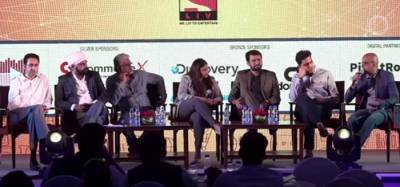
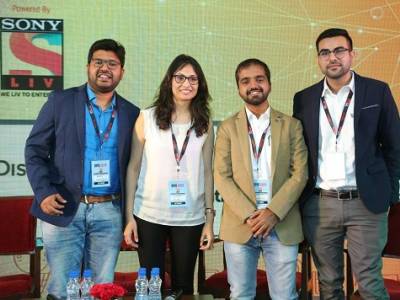
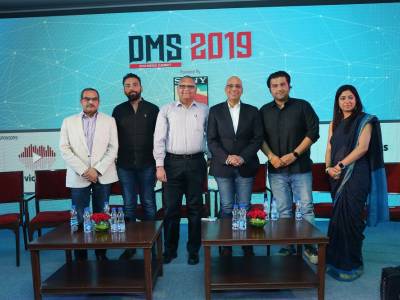

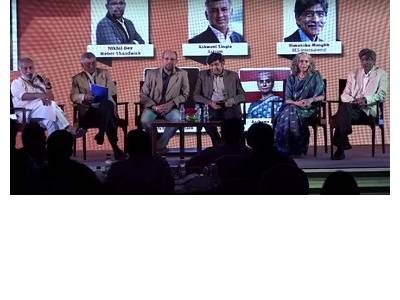



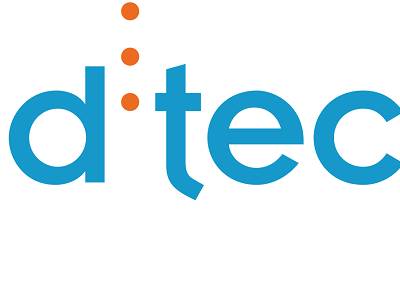


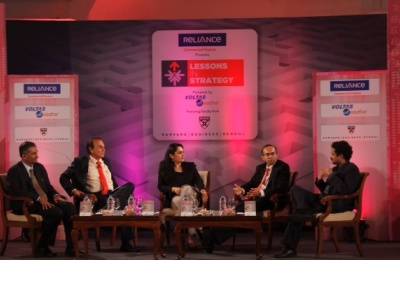



Share
Facebook
YouTube
Tweet
Twitter
LinkedIn